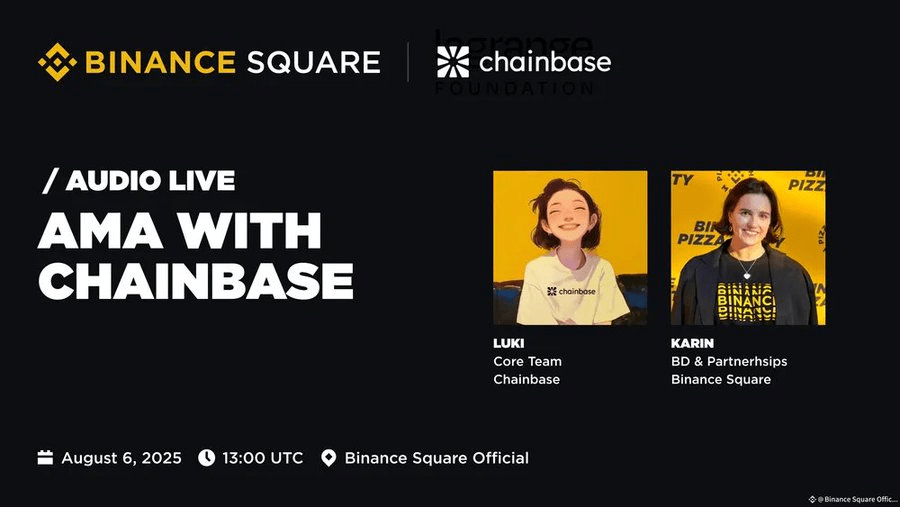Today we won’t talk about those “star projects” that have skyrocketed or are making a lot of noise; let’s discuss something practical, something that might be quietly built underwater but that we will definitely use in the future.
Recently I have been pondering a question: with the development of Web3 to this day, what exactly are we lacking? More L1s, L2s? Faster TPS? Or cooler memes?
That may all be true, but they are not the core of the problem. Recently, while chatting with many developer friends, I found that the most painful hurdle for everyone is actually very “unsexy” — data.
Think about it, every day we interact, trade, and mint NFTs on-chain, generating massive amounts of data. This data is like stars scattered across the universe; it looks beautiful, but if you want to connect them to build an application, like creating a precise DEX trading aggregator, a credit scoring system for on-chain behavior, or even just to analyze the real behavior of holders of a certain NFT project... you will find it to be a disaster.
The cost of building and maintaining nodes is frighteningly high, and data cleaning, indexing, and querying is extremely complex. Many creative developers don’t fail due to a lack of ideas, but because of the starting point of “how to stably and efficiently obtain on-chain data.”
It’s like you want to open a coffee shop, and then realize you have to start by learning to grow coffee beans, roast them, grind them, and even build the house and lay down the utilities yourself. Is this reasonable?
So when I discovered Chainbase, to be honest, I had an “aha!” moment.

What it aims to be is an “infrastructure provider” that helps you build your house, connect all utilities, and even prepares the world’s best coffee beans for you.
You might say there are quite a few projects doing “Web3 data infrastructure,” so what’s different about Chainbase?
This is precisely what I want to discuss in depth with you today.
I spent quite some time studying its products and documentation, and what impressed me the most wasn’t the fancy rhetoric, but the **“developer-first” smoothness** it offers.
Let’s take the simplest example. In the past, if a developer wanted to obtain all the Uniswap transaction records for an address over the past month, they might need to:
Running a full Ethereum node yourself.
Using complex scripts to parse every related transaction calldata.
Clean out countless junk information and failed transactions.
Store this data in their own database and then build an index.
The entire process cannot be resolved in a few weeks or even months, and it is highly prone to errors.
But at Chainbase, this might just be a matter of a single API call.
They have categorized and indexed the data from mainstream public chains (Ethereum, BNB Chain, Polygon, etc.) like organizing a bookshelf. What you need, you can directly “borrow” through their API, simple, straightforward, and at a very low cost.
What does this imply?

This means that the threshold for innovation has been greatly lowered.
An independent developer, or even a university student just entering Web3, can use tools like Chainbase to build a fully functional DApp prototype in just a few days as long as they have a good idea. They can focus 99% of their energy on their core business logic and user experience, rather than struggling in the bottomless pit of data.
I see that it provides a complete set of data solutions, from raw on-chain data (Datasets) to easily callable APIs, and even an SQL Studio that data analysts can use right away. It feels like whether you want to cook a big meal from scratch or just order a fine takeout, it can satisfy you.
This gives Web3 development a hint of Web2 flavor — that kind of focus on creativity and product.
Of course, after all this, I’m not here to “hype” this project, nor am I encouraging everyone to rush for its tokens (in fact, what you need to pay attention to is its technology and ecological niche). What I want to spark a discussion about is:
As the “utilities” infrastructure of Web3 becomes more complete, when developers can easily call data like building blocks, where do you think the next “killer application” is most likely to emerge?
Is it smarter DeFi strategies? A more precise on-chain identity system (DID)? Or something entirely unimaginable that combines AI and on-chain data?
I would really love to hear everyone’s thoughts. Let’s chat in the comments section of Binance Square, or you can also share your experiences of dealing with data issues while developing or using DApps.
Perhaps we are witnessing the eve of an “application explosion,” and projects like Chainbase are the ones lighting the way for builders in the dark.
@Chainbase Official #Chianbase $C



